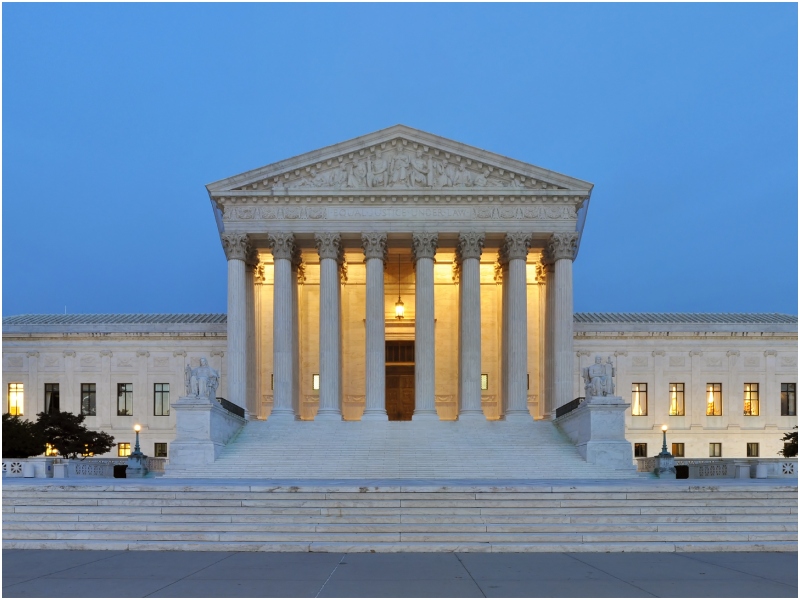Background on the Borrower Defense Rule
The Supreme Court has agreed to review a decision from a lower court that blocked a Biden administration rule aimed at simplifying loan forgiveness for students defrauded by their colleges. Since April, the Biden administration has forgiven over $17 billion in student loans under the borrower defense rule, which has been in place since 1994 and revised in 2016, 2019, and 2022. The latest rewrite, which took effect in 2023, aimed to clarify the grounds for filing claims.
Implications of the Supreme Court’s Review
The court’s decision to hear the case could significantly narrow a rule that President Joe Biden has championed throughout his presidency. Jason Altmire, president and CEO of Career Education Colleges and Universities, emphasized that the Supreme Court’s decision to review the case does not validate the Biden administration’s arguments.
“The Supreme Court will hear arguments on the Department of Education’s authority regarding the borrower defense rule,” Altmire stated on Friday. “It remains uncertain how the incoming Trump administration will argue the case, but we believe the facts will show that the rule exceeded the agency’s authority.”
Legal Challenges and the Path to the Supreme Court
In 2023, the Career Colleges and Schools of Texas (CCST) filed a lawsuit against the Biden administration, arguing that the borrower defense rule made it too easy for students to seek loan forgiveness. That same year, the 5th U.S. Circuit Court of Appeals sided with CCST, blocking the rule nationwide. The lower court ruled that the Department of Education could only grant relief if a borrower had defaulted and the government had sued to collect the loan.
The complaint argued that the rule aimed to achieve massive loan forgiveness for borrowers while shifting financial liability to educational institutions.
The Rise of Borrower Defense Applications
Borrower defense applications surged in 2015 after widespread fraud led to the collapse of Corinthian Colleges, a major for-profit college chain. By June 2019, the Department of Education faced a backlog of over 210,000 pending claims, prompting a class-action lawsuit accusing the department of unlawfully withholding or delaying relief.
Advocates Call for a Reversal of the Lower Court’s Ruling
The Supreme Court will decide whether the lower court erred in ruling that the Higher Education Act of 1965 does not permit borrowers to file for defense before defaulting on their loans.
Student debt relief advocates argue that the lower court’s ruling is too harsh. Eileen Connor, president of the Project on Predatory Student Lending, stated, “The administration sought Supreme Court review because the lower court’s decision fundamentally misinterprets the law and removes critical protections for students authorized by Congress. We hope the Supreme Court will correct the 5th Circuit’s ruling.”

